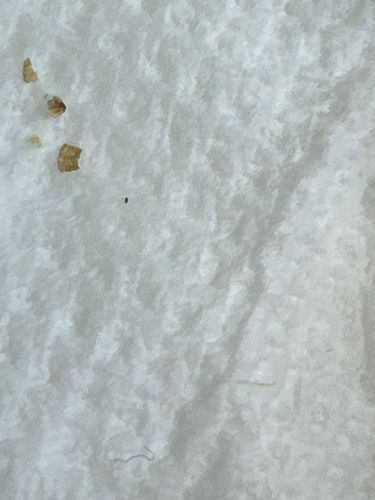Flea
Scientific Name: Siphonaptera
Order & Family: Siphonaptera: Pulicidae
Size: 1.5 to 3.3 mm

Natural Habitat
Primarily on warm-blooded hosts such as cats, dogs, rodents, and humans. Eggs and larvae are found in the host's environment, such as carpets, bedding, and cracks in floors.
Diet & Feeding
Adults are hematophagous, meaning they feed exclusively on the blood of their hosts. Larvae feed on organic debris, particularly the dried blood feces ('flea dirt') of adult fleas.
Behavior Patterns
Fleas are wingless insects known for their powerful legs, which allow them to jump long distances to access a host. The life cycle consists of egg, larva, pupa, and adult. Eggs are laid on the host but fall off into the surrounding environment. Adults are attracted to warmth, movement, and carbon dioxide exhaled by hosts.
Risks & Benefits
Risks: Flea bites cause itching and allergic reactions (flea allergy dermatitis) in pets and humans. They are vectors for diseases, including murine typhus and bartonellosis (cat scratch disease), and can transmit tapeworms to pets. Heavy infestations can lead to anemia, especially in young or small animals. Benefits: There are no known benefits to humans or domestic ecosystems; they are considered parasites and pests.
Identified on: 11/16/2025